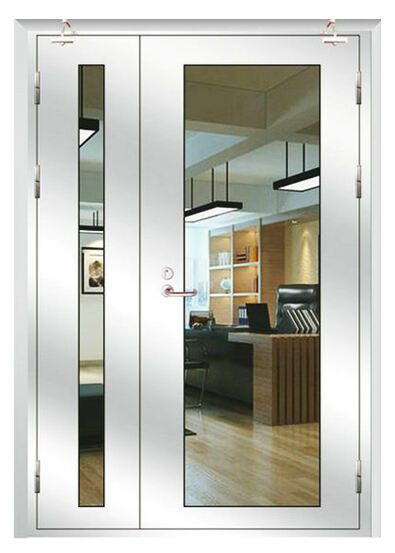fire window
A fire window represents a crucial advancement in building safety technology, combining sophisticated fire-resistant properties with modern architectural design. These specialized windows are engineered to maintain their structural integrity during fire incidents, providing critical protection for up to several hours depending on their rating. The construction typically involves multiple layers of fire-resistant glass, often incorporating intumescent interlayers that expand when exposed to high temperatures, creating an opaque barrier against flames and heat. Fire windows are designed to prevent the spread of fire, smoke, and toxic gases between different compartments of a building while maintaining transparency and natural light transmission under normal conditions. They play a vital role in passive fire protection systems, particularly in high-risk areas, evacuation routes, and property boundaries. The technology behind fire windows includes tempered and laminated glass combinations, specially developed edge retention systems, and fire-resistant framing materials that work together to create a comprehensive barrier against fire spread. These windows must meet stringent safety standards and undergo rigorous testing to achieve their fire-resistance ratings, ensuring they provide reliable protection when needed most.


